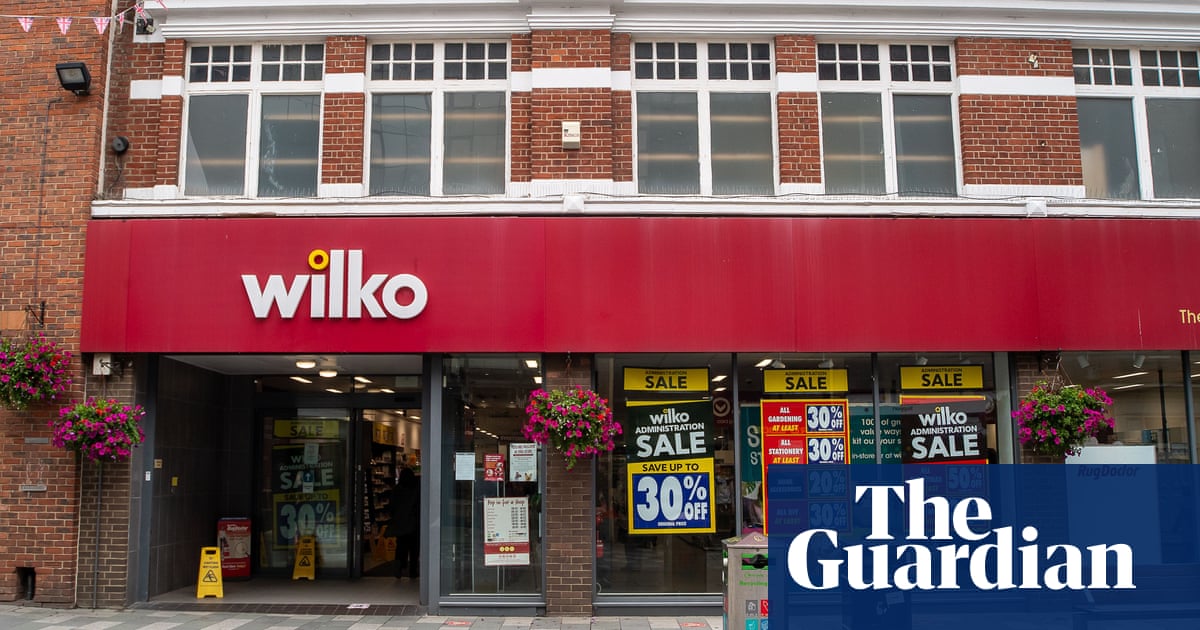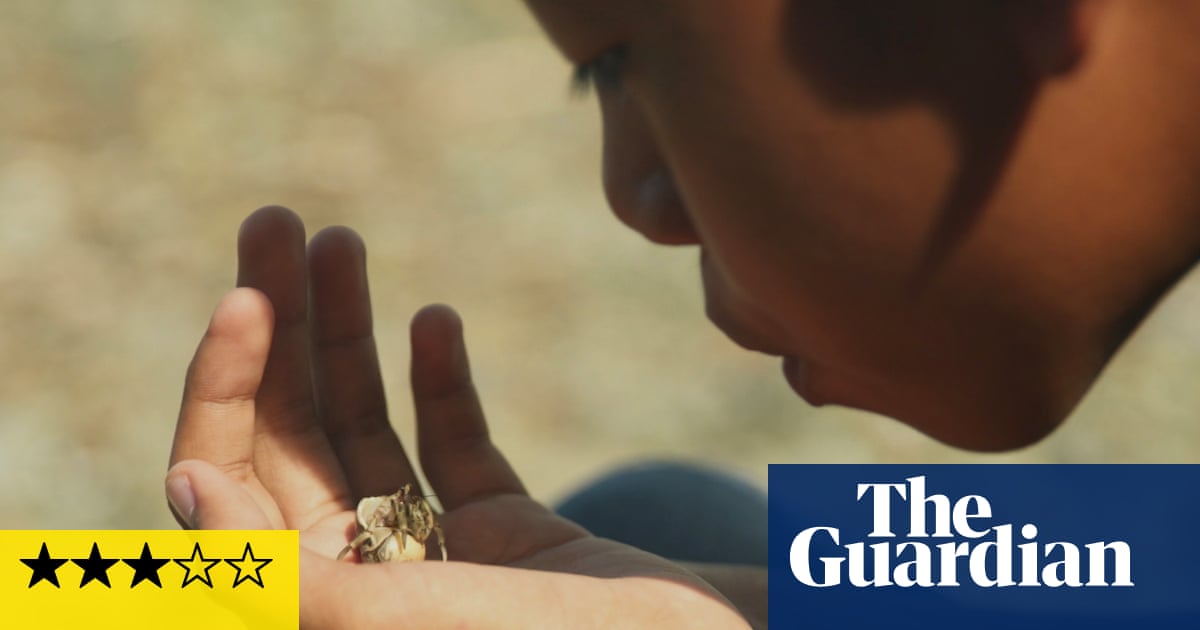
For many Britons the Thorntons name conjures up happy childhood memories of sucking on toffee and boxes of continental chocolates presented with a flourish on special occasions.
However, businesses do not make money out of trips down memory lane and this week the retailer said its 61 shops were to close permanently, affecting 600 jobs, blaming the “changing dynamics of the high street” and the impact of the coronavirus lockdowns on sales.
It is the latest retail household name to give up on bricks and mortar stores as the pandemic accelerates the shakeout of high street chains, with close to 10,000 stores shutting in England, Wales and Scotland in 2020.
“I imagine a lot of people have been reflecting on the closures and thinking, ‘My mum bought me Thorntons toffee. I enjoyed that, it was a treat, and now it’s gone away from me’,” says Clive Black, analyst at the City stockbroker Shore Capital.
With supermarket and convenience store shelves now full of confectionery and sweets, it is easy to forget Thorntons prospered at a time when high streets looked very different.
Founded by Joseph Thornton in Sheffield and using the slogan “chocolate heaven since 1911”, the business rode the 1980s consumer boom, floating in 1987 with its success continuing into the 1990s. At a time when chain store brands were expanding into high streets and shopping centres across the UK, by the millennium it would have more than 450 shops.
“From the Sixties onwards Thorntons was a real British treat,” says Black. “The real affordability of everyday confectionery is way down on where it was in the Fifties, Sixties and Seventies, so there is a cohort of people who will remember Thorntons as a treat.”
Thorntons’ decision to shut up shop is certainly nothing to do with people eating less chocolate with sales on its own website up 70% over the past year.
An extra £500m has been spent on chocolate in supermarkets over the last 12 months, a figure boosted by sales transferring from other outlets affected by restrictions. Britons munched through more than 600,000 tonnes, spending a total of £5bn.
Sales data from grocery analysts Kantar also points to changing tastes, as chocolate – a fate that has also befallen gin and beer – got a “posh” or artisan makeover from the mid-2000s.
While fans of Thorntons recall smashing its toffee slabs with a hammer and shunning the coffee creams, today the conversation is more likely to be about the percentage of cocoa in a chocolate bar and the “origin story” of the beans.
Britons on the whole still reach for milk chocolate, but sales of dark chocolate have increased by 50% over the past five years to reach £380m, while demand for white is up by nearly two-thirds at £150m.
Thorntons’ decision to start distributing its products in supermarkets means it will have likely benefited from this comfort eating. But its presence in the aisles of supermarket and discount chains has contributed to the downfall of its own stores.
In recent years shoppers started returning products bought in the Thorntons stores run by Mark Rees, who is one of its franchisees. They were finding the product for several pounds less in Wilko and he could not match the price without making a loss on the sale.
“If you are going to be a mass channel brand that’s absolutely fine, but that doesn’t sit with a retail strategy,” Rees says. “Retail is difficult. It is not just about producing lots of the same product and sticking it on shelves.”
So this week’s closures conclude Thorntons’ long, slow high street death. It had multiple goes at trying to reinvent its stores, adding cafes and moving into ice-cream, but closed half its outlets a decade ago. In 2015, the ambassador rode to the rescue, with the Italian maker of Ferrero Rocher buying it for £112m.
A lack of product innovation over the years meant customers had “switched off to the brand”, Rees adds. “We all see what’s happening on social media and there are artisan producers and Hotel Chocolat bringing innovation into the market … customers want to be excited.”
Ferrero International says it has invested £45m in Thorntons, including trialing new-look stores and cafes – and remains committed to an “iconic British brand”. However, it concluded that as customers “change the way they shop, we must change with them”.
Other heritage retail brands have done a better job of reinventing themselves for modern shoppers, with Greggs, by contrast, announcing plans for 100 stores openings this year.
With its vegan sausage rolls, green tea and low-cal lunch options, the 82-year-old Newcastle baker is almost unrecognisable after being recast by its chief executive, Roger Whiteside, as a trendy food-to-go chain.
It stopped trying to sell loaves of bread because that “battle has been won by the supermarkets”, says Whiteside. “Greggs was a great brand when I got it … we just helped. We focused its direction into a growing market.”
By contrast, Thorntons found itself trapped between the old model of running lots of shops and a new order dominated by one-stop-shop supermarkets and internet brands selling direct to consumers, explains Matthew Hopkinson, co-founder of the consultancy Didobi.
“You have to understand your position as a product or brand in this new consumer world,” says Hopkinson. “The problem is maintaining relevance.”












